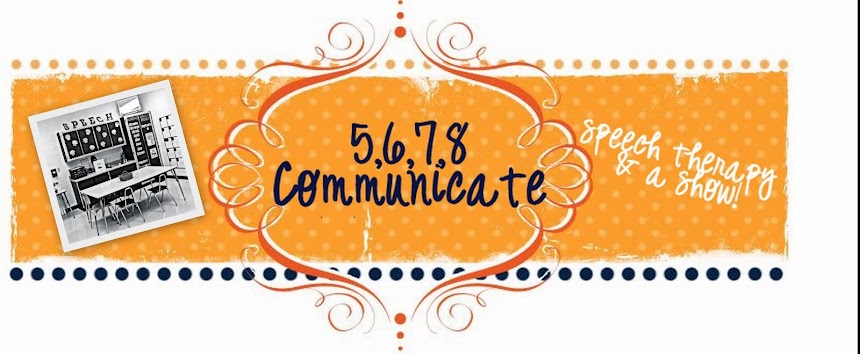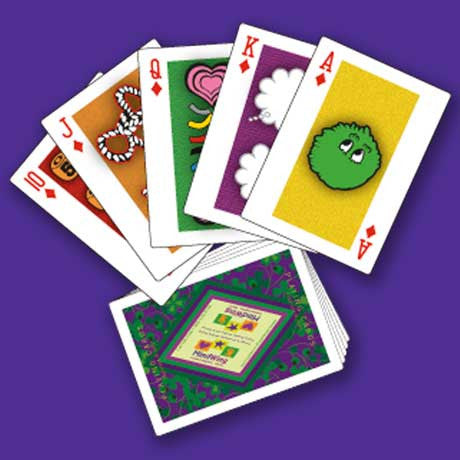- Characters: Who or What is the story about?
- Setting: Where and When does the story take place?
- Initiating Event (Kick Off): What happened to the character to cause him/her/it to do something? (It was a ho-hum day until...)
- Internal Response (Feeling): How did the character feel about what happened?
- Plan: What does the character want to do? Why will he/she/it choose this plan?
- Attempts: What actions do the character take to achieve the plan?
- Direct Consequence (Tie Up): What happened as a result of the attempts/actions?
- Resolution: How does the character feel about the direct consequence? Is there a lesson learned or moral to the story?
After establishing that those elements are present, I fill out an organizer for myself. This organizer template is provided with the program. It looks like this:
It is definitely helpful to have this organizer filled out prior to the lesson otherwise it just never goes as smoothly as you planned!
HOW I USE THIS WITH MY LANGUAGE GROUPS:
After I read the story to the group (I plan a whole 30-minute session for this), we move right into filling out this graphic organizer. The picture above shows the Teacher Analysis Form which I use for myself to follow but when we fill it out as a group we use the student form. The CD included in the SGM program has a couple different forms you can choose from.
My older students who can type at a decent speed usually fill the forms out themselves on their netbooks. I put the form up on the SmartBoard and after we discuss an element, I have them put the sentence in their own words and I type it up. That way they can easily just copy the sentence off the board and into their own document. **As you can see in my form above I usually just write up quick notes, but when working with the kids I always have them use complete sentences.
For my younger students, we fill out the form on the SmartBoard together. To get them involved, I have them come up and write in their responses. I have yet to meet a student who doesn't like writing on the SmartBoard :)
After we fill out the organizer, we go deeper into Character and Setting descriptions. There are also forms for this type of activity on the SGM CD. During these activities, I encourage the kids to use all their senses when describing so the reader/listener feels like they are there! This in-depth description practice really helps set them up for a good oral retelling as they now have the tools to create a vivid image of the ho-hum day.
Once all of that is done, I have each of the kids orally retell the story using their organizer for support. I usually record their retelling on my iPad using the QuickVoice app. I make sure to tell them I do not want to hear "The Characters are _____. The Setting is ___________." etc. I want them to tell it as a story. I usually have to help them out with this. I tell them to set the scene (the ho-hum day) with the Characters and Setting. For example, "One beautiful summer day, John and his little sister Karen were walking through the busy park across the street from their house in Speech Town. The kids enjoyed the hot sun beating down on them and the wonderful smell of freshly cut grass." I want them to paint that picture just like we practiced with the Character and Setting descriptions. Some times all I need to do is give that cue of "One day..." and they are able to turn it into a story instead of a list.
Now from here you can do more activities such as character compare/contrast, setting compare/contrast, or you can move onto vocabulary instruction! Lots of options. Somewhere along the line (usually after vocab, syntax, morphology, etc. activities) we go back and do deep episodic analysis of the story. This allows the students to delve deeper into the text and really analyze the structure. The element identification and oral retelling just scratches the surface whereas a deep episodic analysis pulls out more complex skills.
Now from here you can do more activities such as character compare/contrast, setting compare/contrast, or you can move onto vocabulary instruction! Lots of options. Somewhere along the line (usually after vocab, syntax, morphology, etc. activities) we go back and do deep episodic analysis of the story. This allows the students to delve deeper into the text and really analyze the structure. The element identification and oral retelling just scratches the surface whereas a deep episodic analysis pulls out more complex skills.



















